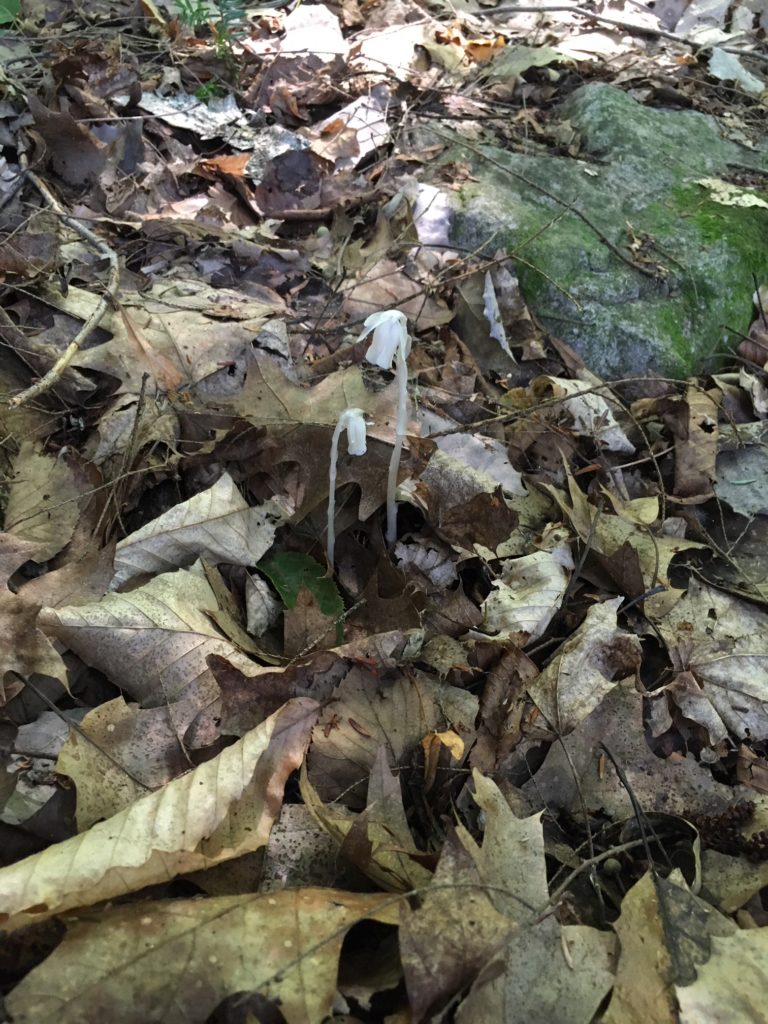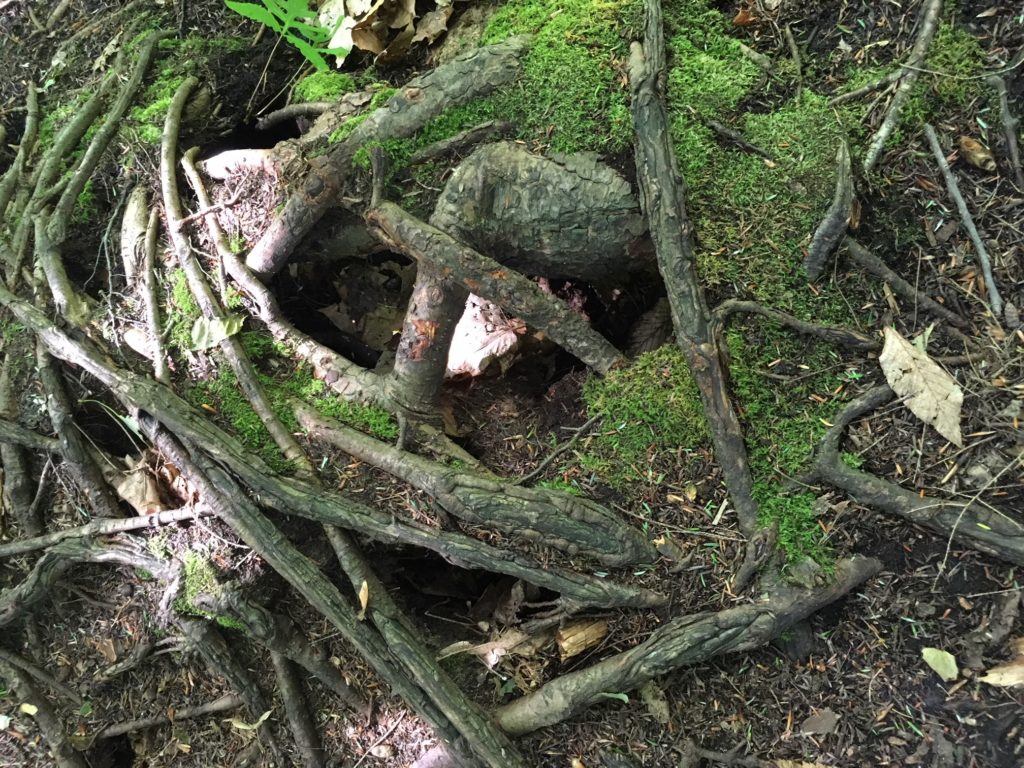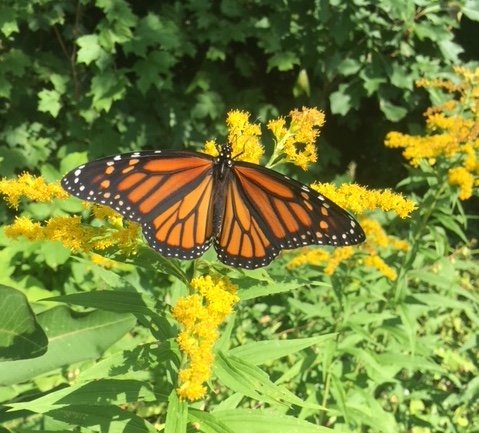What is a woodland?
A woodland is a habitat where trees are the dominant plant form. The individual tree canopies generally overlap and interlink, often forming a continuous canopy which shades the ground to varying degrees. Woodlands can be deciduous, coniferous, wet or mixed.
What do woodlands do?
Our trees and woodlands have a direct impact on the environment and climate. They also host flora, fauna and fungi and form an essential part of many sites of ecological interest. The potential of woodlands to soak up CO2 from the atmosphere while providing a host of other benefits for society and biodiversity, including resilience in affected ecosystems, has an important role to play in mitigating climate change.
Why should we protect woodlands?
Our trees and woods are facing a number of pressures including climate change, ill-conceived development, pollution, and attack from deadly tree diseases and pests. Trees clean our air, purify our soil and provide a home to a diverse number of species. We need them and they are worth protecting.



